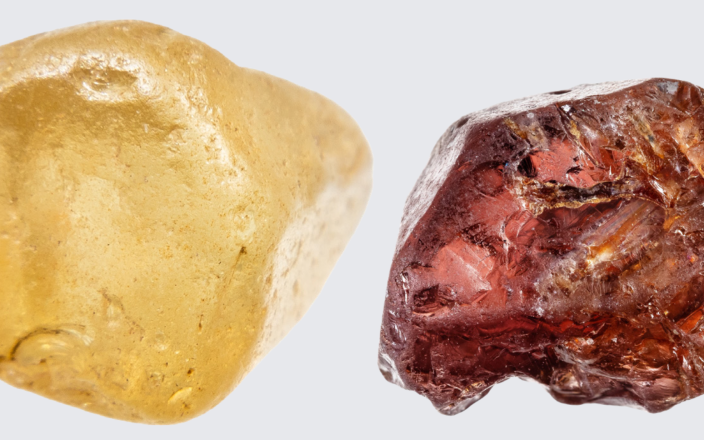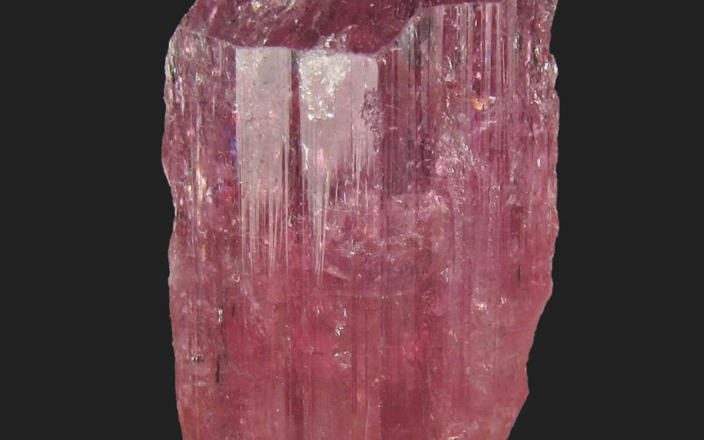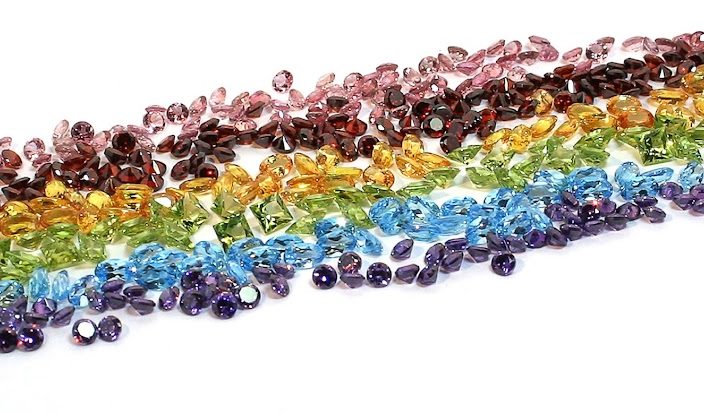Gemstones have fascinated humans for centuries with their mesmerising colours and unique optical characteristics. One of the most enchanting qualities is asterism. Derived from the Greek ‘aster,’ meaning ‘star,’ it refers to the appearance of star-shaped patterns that emerge when light interacts with certain inclusions within the gemstone. This natural phenomenon transforms the gem into a celestial spectacle.
Martin P Steinbach, the authority on asterism and author of Star Gems – A Fascinating World, describes what causes it. “Asterism occurs because of very tiny inclusions that are arranged in a symmetrical pattern inside a gemstone. This causes a bright star-like pattern to reflect off these inclusions, resulting in little outward rays. The effect is a star that seems to hover above a cabochon-cut gem. The rarity of star gems is because these inclusions must be precisely aligned.”



He adds that there are two types of asterism. “The reflection of incident (reflected) light from above on the inclusions—for example, oriented rutile needles in about 90 percent of all cases—is called epiasterism. The resulting star is best visible in direct sunlight or a spotlight. In translucent to transparent stones, a star may appear also in transmitted light, such as when the light passes through the gem (cabochons or spheres) to meet the eye of the beholder. This phenomenon is called ‘diasterism.’” Gems may exhibit a wide range of star formations, ranging from 4 to 12, and even 24 rays, depending on the gemstone.


Steinbach explains that the most common star gems include ruby, sapphire, quartz, diopside, garnet, moonstone and spinel. Less common are aquamarine, chrysoberyl and peridot, for example, while gems such as alexandrite, opal and topaz, among others, are very rarely seen to exhibit asterism. Star gems are generally cut as cabochons, so the star effect can be readily seen.
He also comments that because of the demand for high-quality faceted stones, some very fine star rubies and star sapphires are heat-treated to remove the inclusions, called ‘silk,’ in order to obtain better faceting quality. Sadly, he adds, “this process also removes the beautiful stars.”



“Star gems have always had great symbolism throughout history,” comments Ioannis Alexandris, chief executive officer of Gemolithos, and an expert in antique jewellery and gems. Throughout history, civilisations have revered star-studded gemstones, attributing them with mystical powers and cosmic significance. “Among the early descriptions of star gems were those written by Pliny the Elder, who described this light phenomenon in his tome Historia Naturalis (77-79 AD),” comments Steinbach.
“Star sapphires became especially popular during the Art Deco era when these cabochons were seen as a more creative look than simple solitaires in jewellery,” adds Alexandris. “Many famous movie stars owned star sapphires, such as Marlene Dietrich, Joan Crawford and Carole Lombard, among others.” More recently, according to Steinbach, celebrities such as Elvis Presley, Cher and Angelina Jolie have been seen sporting star gems.


Star sapphires are among the most renowned gemstones with velvety blue tones and intersecting six rays. Their star effect is caused by the presence of intersecting needle-like inclusions of rutile (titanium dioxide) or hematite within the crystal lattice. One of the most famous examples is the Star of India, a 563.65-carat star sapphire from Ratnapura, Sri Lanka. It is on display at the Natural History Museum in New York City.
Similarly, star rubies with their deep red colouration and mesmerising six-rayed star, hold a mystical allure. The star effect in rubies is attributed to intersecting needle-like inclusions, typically of rutile. When illuminated, these inclusions scatter light, creating a luminous star pattern that shimmers with movement.



Star diopsides, although less renowned, possess their own unique charm. These gems exhibit a four-rayed star, due to their dark coloration and striking asterism. The star effect in diopside is caused by needle-like inclusions of magnetite or chromite, which interact with light to produce an intriguing four-rayed star pattern.
The allure of asterism in gemstones goes beyond mere visual appeal. It embodies a sense of mystery and wonder, inviting us to contemplate the intricate beauty of the natural world. It serves as a timeless reminder of nature’s unparalleled artistry.


